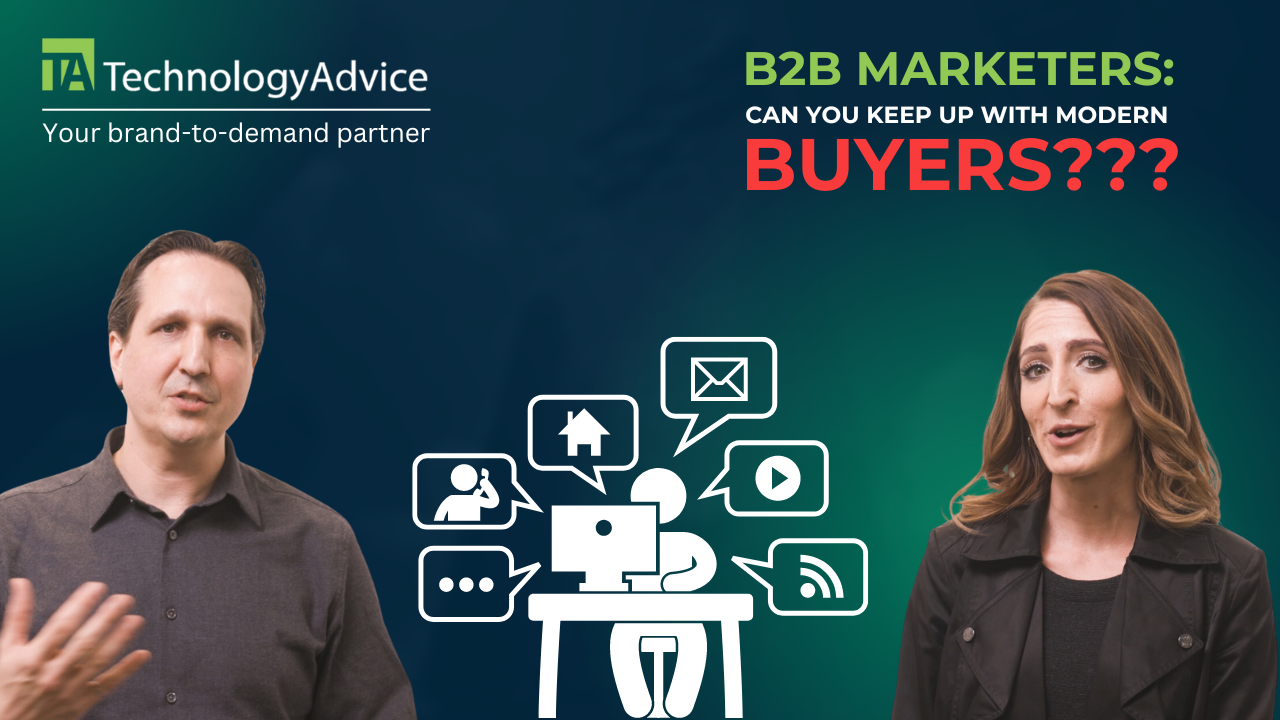 Despite the relentless efforts of marketers to analyze, map, and manipulate the decision-making process, buyers and buying psychology remain an enigma. It’s no wonder that 96 percent of B2B marketers struggle to create a single, comprehensive view of their customer base.
ALSO READ: Infographic: How B2B Buying Groups Make Decisions
Despite the relentless efforts of marketers to analyze, map, and manipulate the decision-making process, buyers and buying psychology remain an enigma. It’s no wonder that 96 percent of B2B marketers struggle to create a single, comprehensive view of their customer base.
ALSO READ: Infographic: How B2B Buying Groups Make Decisions
Sales Funnel vs. Buying Cycle
Having an empirical understanding of who your customers are and how they make decisions constitutes competitive advantage. There’s a clear mandate to make better use of business intelligence and analytical tools and quantify every aspect of the b2b buying process. And yet, the buying process continues to increase in complexity, often frustrating the efforts of the brightest among us. This friction has drawn attention to a growing disparity between the sales funnel and the buying cycle — between what we think we know and what actually happens. Although every business uses a slightly different funnel, most are built around some kind of awareness — > consideration — > transaction sequence. Here’s how SiriusDecisions depicts the B2B sales funnel. This is the basic template for their patented “Demand Waterfall.” While this model is a practical guideline for designing marketing campaigns and sales development processes, it doesn’t even begin to account for the complexity of the decision journey from a buyer’s perspective.
Your campaigns may run in a linear progression, but buyers don’t follow a neat, choreographed pattern from one step to the next. Forrester’s customer journey model provides an abstract look into the circuitous path buyer’s actually follow. It’s daunting, but realistic:
While this model is a practical guideline for designing marketing campaigns and sales development processes, it doesn’t even begin to account for the complexity of the decision journey from a buyer’s perspective.
Your campaigns may run in a linear progression, but buyers don’t follow a neat, choreographed pattern from one step to the next. Forrester’s customer journey model provides an abstract look into the circuitous path buyer’s actually follow. It’s daunting, but realistic:
 How can you maintain profitability and forecast revenue if prospects aren’t marching into your sales funnel like a line of pavement ants? It will certainly be more difficult, but not impossible. Here are four best practices that can help you manage an effective sales/marketing strategy, even when the buying cycle eludes you.
How can you maintain profitability and forecast revenue if prospects aren’t marching into your sales funnel like a line of pavement ants? It will certainly be more difficult, but not impossible. Here are four best practices that can help you manage an effective sales/marketing strategy, even when the buying cycle eludes you.
1. Maintain a Seamless, Multichannel Experience
Digital dispersion is one of the biggest reasons the buying cycle is so hard to quantify. Buyers don’t just pull information from one or two sources; their research process is informed by content from organic search, social media, email, print, video, and so on. According to McKinsey, buyers now use an average of six different “interaction channels” throughout the decision journey. Sixty-five percent are frustrated by an inconsistent experience. Your job, as a marketers, is to make sure that every piece of content — every blog post, every graphic, every CTA, every ad message — presents a unified picture of your brand and clear value to the prospect. As you run campaigns across all of these channels, you need a well-instrumented command center to manage operations and performance. In almost every case, that requires marketing automation software. Marketing automation helps you scale personalization, measure engagement, and orchestrate campaigns across multiple channels. You may not be able to manipulate or predict the buyer’s journey, but you can certainly track it.2. Be Persistent with Lead Nurturing
Lead nurturing is the process of segmenting leads and using targeted content to guide them through the buyer journey — from prospect, to lead, to opportunity. Given the complexity of the B2B buying process, you should plan on lead nurturing for the long haul. It might take a given lead (or an account) six months to confirm their purchase intent and enter the closing process. Whatever you do, don’t press people early on with a hard sell. Instead, focus on understanding their needs, providing valuable resources, and solving problems. That’s kind of a no-brainer. As you build trust over time, your leads will gradually move closer and closer toward a commitment. Companies with strong nurturing programs produce 50 percent more leads at a third less the cost, says Forrester. Other ways to succeed at lead nurturing:- Use lead scoring
- Collaborate with sales on key objectives, scoring metrics
- Use targeted, personalized content
- Focus on education
3. Follow Up With Hand-Raisers as Quickly as Possible
When buyers are inundated with marketing messages, research, and opinions from every direction, they’re much more likely to “churn” during the consideration stage. I.e. they were considering your product but changed their mind after seeing an offer from another vendor or receiving a recommendation from a colleague. According to a 2015 report by BrightTALK, 76 percent of B2B companies said a timely follow-up was the biggest success factor in the sales development process. But being prompt with communication doesn’t only apply to sales. Marketers also have a role to play:- Follow-up via email with prospects who opt-in (by downloading content or subscribing to a newsletter.
- Stay top-of-mind by engaging them with valuable content on a regular basis ( (but not too regular)
- Deliver MQLs to sales as soon as they reach the threshold (tracked and triggered by your lead scoring rules)
4. Find a Way to Leverage Referrals
Referrals, advocate marketing, product reviews — however you want to frame it, your brand can’t be its own number-one fan. In the B2C world, consumers use ratings from previous buyers to confirm their interest in a product. In the B2B world, buying groups read case studies, consult colleagues, and read reviews on third-party sites to whittle down their shortlist. In a 2014 study by Spiceworks, for example, 97 percent of IT buyers said they rely on peer recommendations, ratings, and reviews when choosing business software. As your prospects weave in and out between different orbits of the buying cycle (yes, it’s a space voyage now), the voice of an unbiased third-party can bear heavily on their final decision and the speed with which they make it. Influitive and Heinz Marketing reported in December 2015 that 70 percent of businesses with a formal referral program met their revenue goals last year. A few tips for getting more reviews and referrals:- Create a dedicated feedback section on your website.
- Use your content marketing channels to solicit and promote reviews and testimonials.
- Provide an incentive for current customers to recommend your product.
- List your product on trusted review sites and ask them about lead generation services
* * *
The customer who travels through a clearly-delineated, sequential buying process is a fictional customer. We can still use them to design sales and marketing campaigns, but we must never underestimate the complexity of flesh-and-blood decision-makers. B2B buyers, after all, are human, and thus prone to bias, sentimentality, and whimsy. Aligning your marketing efforts with such an unpredictable journey can be incredibly challenging — a full time job, even. But isn’t that what you signed up for?


